One of my more recent projects in the darkroom has been to explore further options on how to process my black and white film. I would in the past just follow the normal method of a 30 second agitation and then 4 inversions of the developing tank every minute. This over the normal timing of somewhere between 8 to 16 seconds depending on film and ISO rating.
The dilution of the developer would be 1+1 of 1+3 for something like Ilford ID11. For Fomadon R09 or Rodinal it would be the normal 1+25 or 1+50 dilution. Temperature would be 20° Centigrade.
I have though seen mention of what is called ‘Stand Development’ which is using a very dilute developer and just leaving the film tank standing for a very long time, usually about an hour without agitation. I have in the past been put off by problems others encounter using this method such as bromide drag which leaves streaks on the negatives. It’s always seemed to me to make sense to create the situation where the exposed film emulsion gets influenced by active developer equally across the surface.
However, I thought it might be time to attempt this method on a roll of film exposed for this purpose and wouldn’t be missed if it all went wrong. I have been reading the books ‘The Art of Black and White Developing’ by John Finch and ‘Ilford Monochrome Darkroom Practice’ by Jack H Coote. I was keen to see if I could increase the acutance of the negatives by inducing something called the adjacency effect. This is where bromide, a by product of the action, collects at boundaries of high to low density.

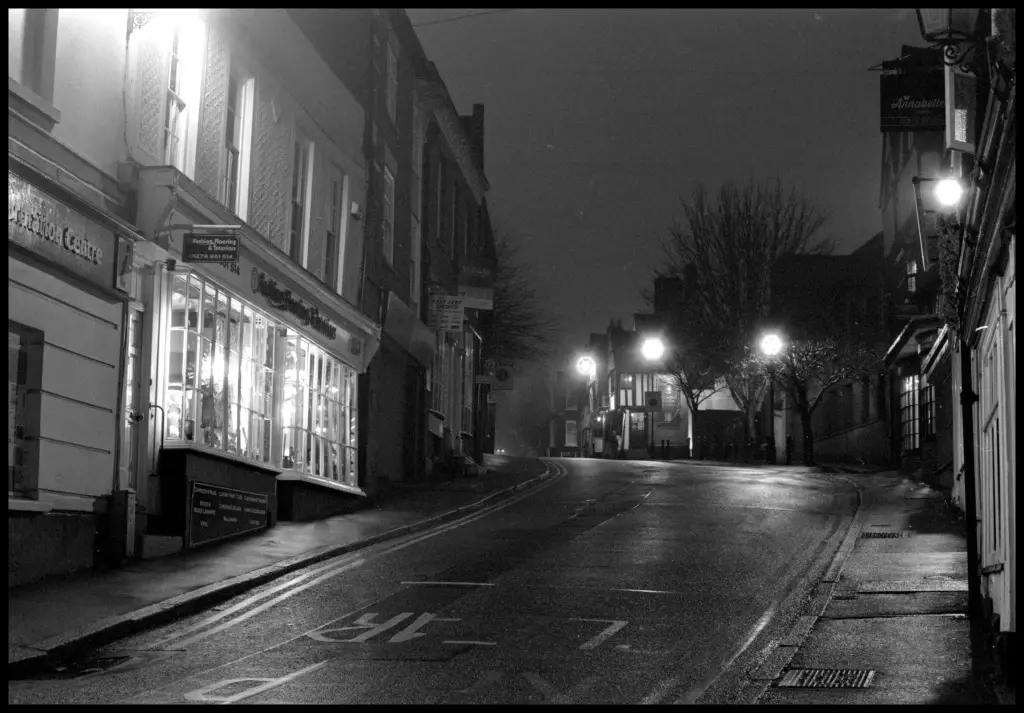
This bromide inhibits local development along the line of these boundaries and creates what is known as a Mackie line which increases perceived sharpness along these lines. The one problem of this release of bromide is that it can also cause streaking on the negatives caused by the bromide falling to the bottom of the tank when it is left standing without agitation.
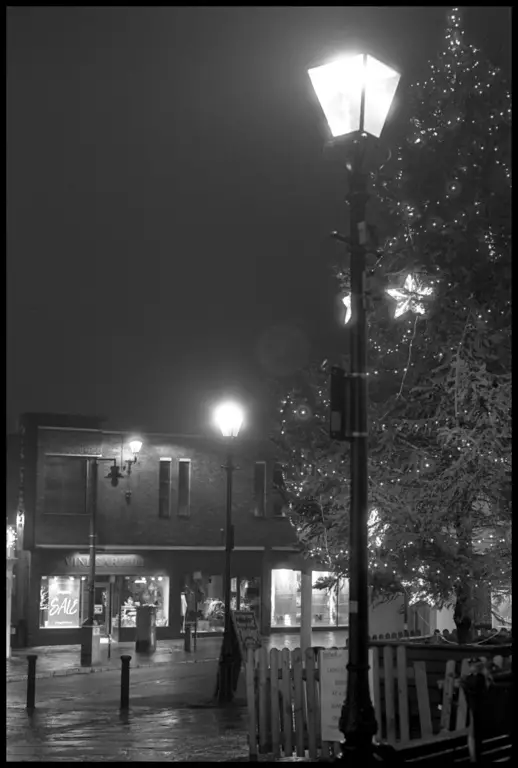
So, having thought I would give stand development a try I read in the ‘Art of Black and White Developing’ that Rodinal type of film developers are good for this style of stand developing. It was recommended that the dilution was 1+200 and the development time be 2 hours so that is what I decided to use. I chose Fomadon R09 developer which is a similar type to Rodinal and the film I chose was Fomapan 200.
I stood the Paterson developing tank in a water bath at 20° centigrade so that the temperature wouldn’t drop too far during the 2 hour time. I shot the film at 100 ISO rating to ensure good detail capture in the shadow areas. The images were taken on some very dim and misty days in December with a Pentax Spotmatic 35mm SLR and Takumar 55mm f1.8 lens. The first series show the evening shots. I also took some on a very dull day on a walk along an old unused railway line.

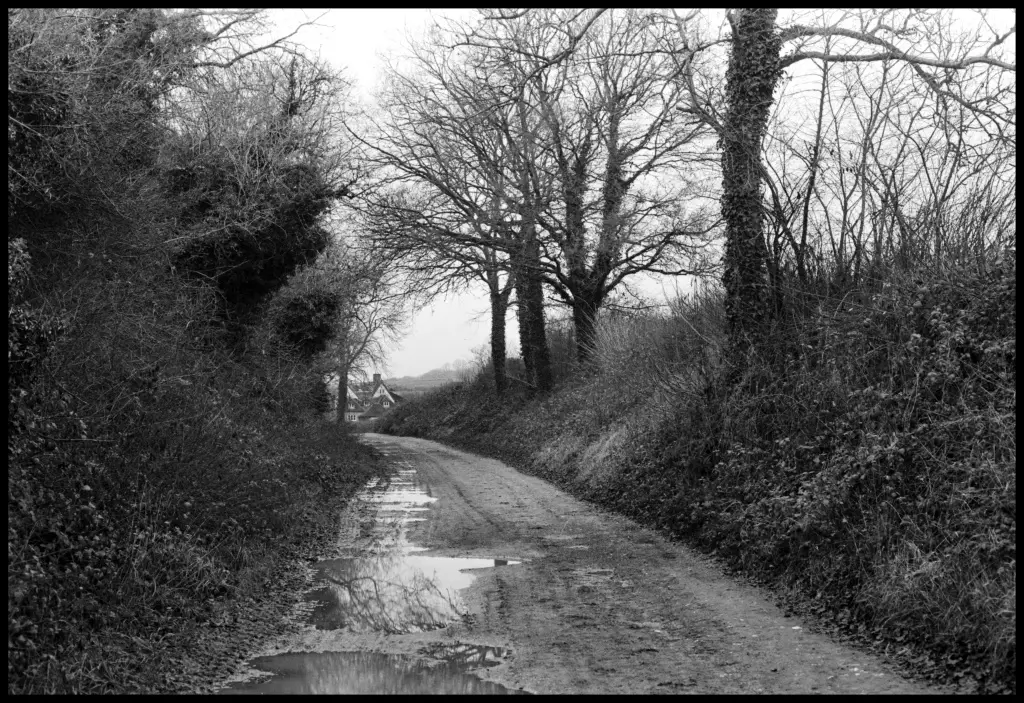
I was very pleased with the results and didn’t get any bromide drag streaks on the negatives. I will definitely try this method again.
Share this post:
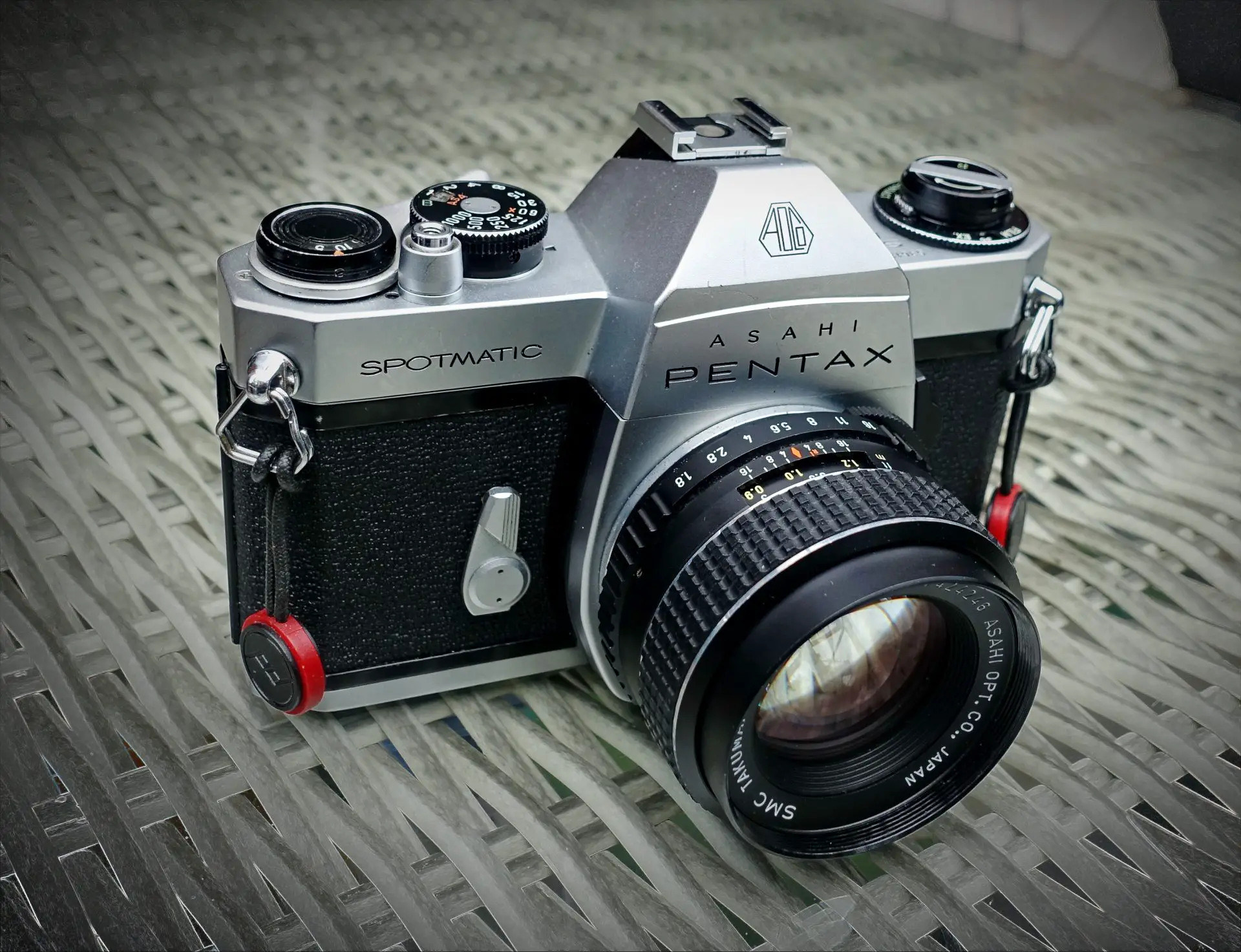

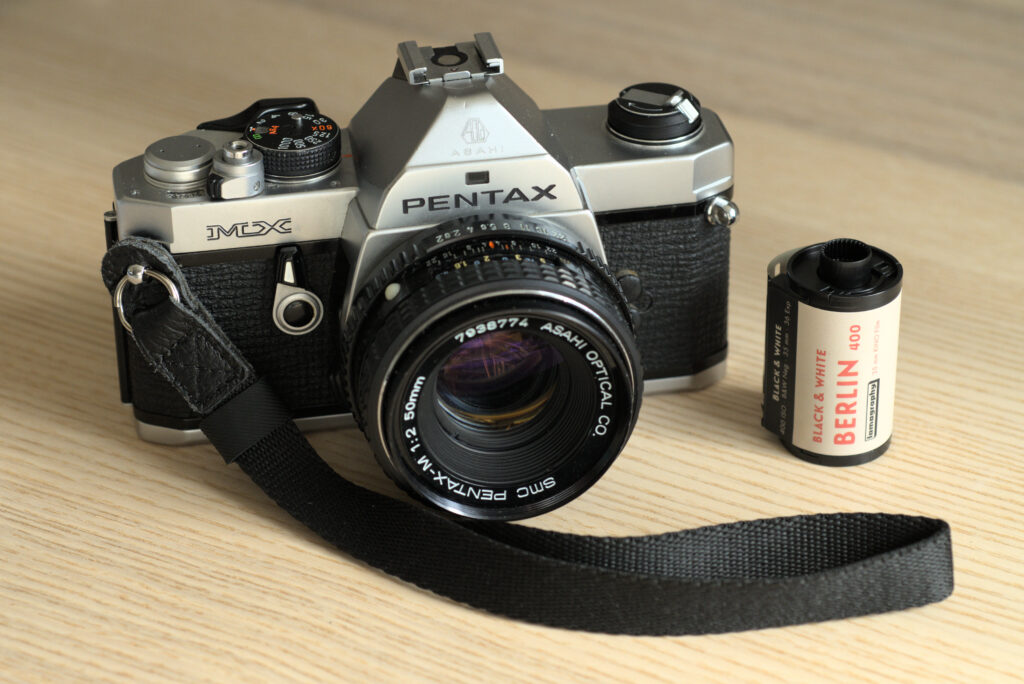

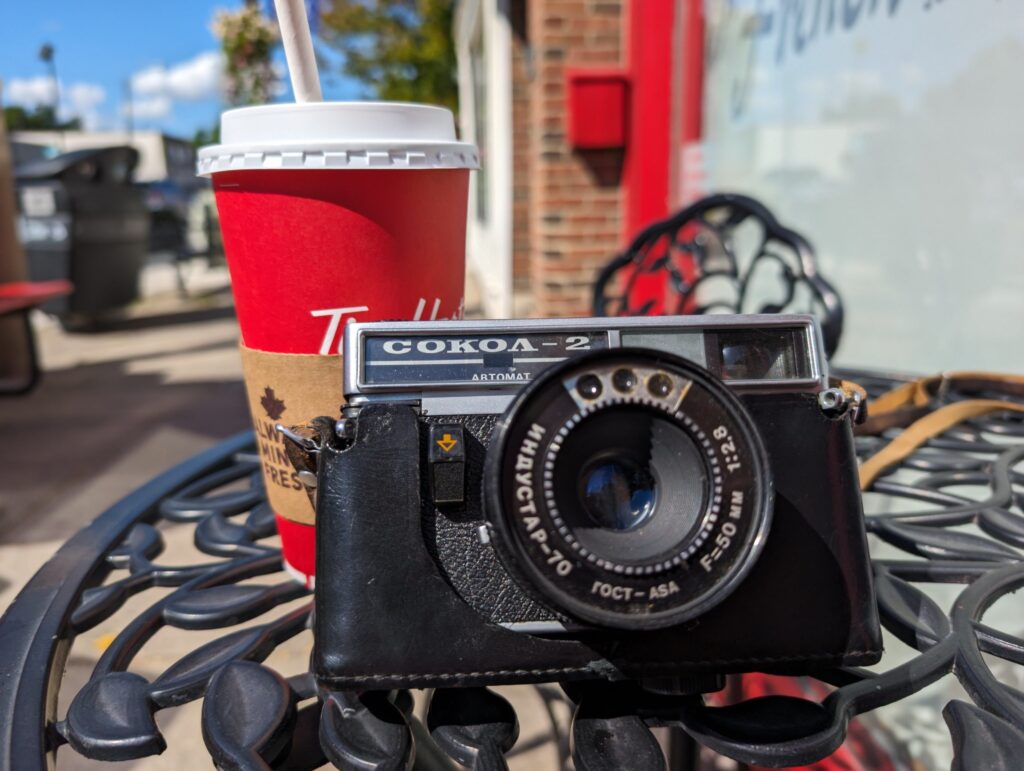




Comments
andy on 5 frames with the Pentax Spotmatic and developed as Stand development – By Nick Ambrose
Comment posted: 10/09/2022
I had to read your article immediately - using Pentax and stand-development for since 4 years.
In addition to many Pentax cameras, I also have various others, including medium-sized ones.
But I actually develop all films standing.
Use Fomapan for the 35mm films and Ilford for the 120s.
I develop ALL the films the same way:
Adonal 1:100, 40 minutes, after 20 minutes a slow rotation.
All the results on instagram.com/f16.ch
Cheers, Andy
Comment posted: 10/09/2022
Comment posted: 10/09/2022
Comment posted: 10/09/2022
Bob Janes on 5 frames with the Pentax Spotmatic and developed as Stand development – By Nick Ambrose
Comment posted: 10/09/2022
I also use stand development a fair amount. The app I use for film development (Film developer pro) gives varied stand times for various temps, so I've not found myself so tied to 20 degrees. I've tended to use a 1/100 dilution for R09/Rodinal (standard dilutions are 1/25 and 1/50) - the app suggests an agitation every 60 minutes, but I tend to ingnore that.
Results seem quite good. I read of Bromide drag when I was first researching and chose a Rodinal type developer because it was suposed to be less of an issue with that developer - I'm not aware of having had any problems over quite a few rolls.
My own interest in stand development was as a means of getting a good result on the negative even when you are not sure of the accuracy of shutter speeds. It effectively means you can expose at varied ISO values on the same roll and still get an optimal result. My understanding is that the bits of the negative that are more exposed use up the active developer around them do they don't over-develop.
The biggest problem I had at the start was resisting touching the tank for 90 minutes. I still use agitation for more 'standard' jobs, but would encourage people to try stand if you have the time to wait for the development.
Comment posted: 10/09/2022
David Hill on 5 frames with the Pentax Spotmatic and developed as Stand development – By Nick Ambrose
Comment posted: 10/09/2022
Comment posted: 10/09/2022
Martin JONES on 5 frames with the Pentax Spotmatic and developed as Stand development – By Nick Ambrose
Comment posted: 10/09/2022
Marco Andrés on 5 frames with the Pentax Spotmatic and developed as Stand development – By Nick Ambrose
Comment posted: 10/09/2022
Found a little known semi-stand method [https://thewebdarkroom.co.uk/tag/id11/, Reprinted on Ilford website] based on one by the Pictorialist photographer William Mortensen [https://en.m.wikipedia.org/wiki/William_Mortensen]
• Temp: 20ºC
• Development time: 70 minutes
• Dilute ID11 stock – 1 3.
• Agitate for 30 seconds.
• Three gentle inversions of 30 seconds each for the first ten minutes
• Leave undusturbed for 50 minutes.
• Final 10 minutes: Agitate every minute for the next ten minutes
• Stop, fix and wash as normal
Another web piece [https://www.artbypino.com/blog/stand-and-semi-stand-development-of-film] details alternative methods for three other developers Kodak HC110 and Ilford [ Ilfosol 3, Ilford DDX].
Comment posted: 10/09/2022
Comment posted: 10/09/2022
Comment posted: 10/09/2022
Marco Andrés on 5 frames with the Pentax Spotmatic and developed as Stand development – By Nick Ambrose
Comment posted: 12/09/2022
Rajat Srivastava on 5 frames with the Pentax Spotmatic and developed as Stand development – By Nick Ambrose
Comment posted: 14/09/2022
Comment posted: 14/09/2022